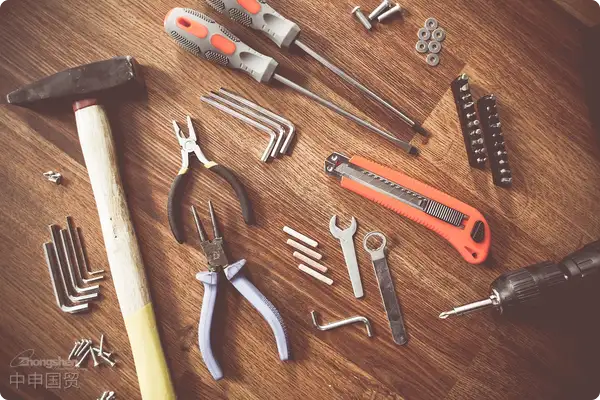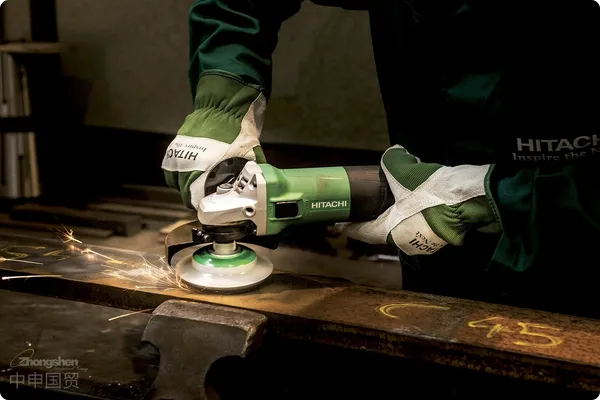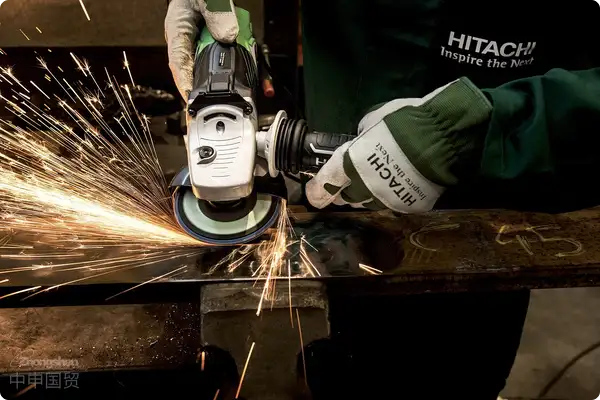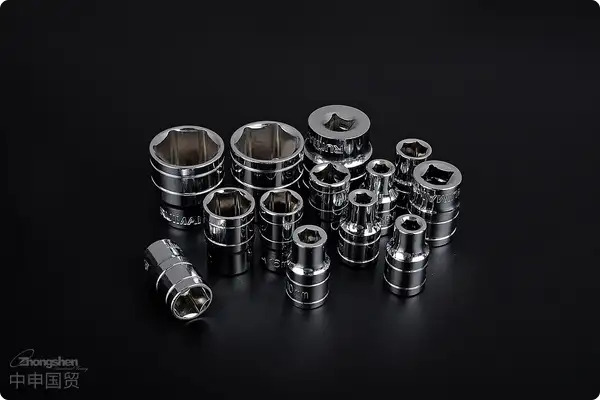- Shanghai Zhongshen International Trade Co., Ltd. - Two decades of trade agency expertise.
- Service Hotline: 139 1787 2118
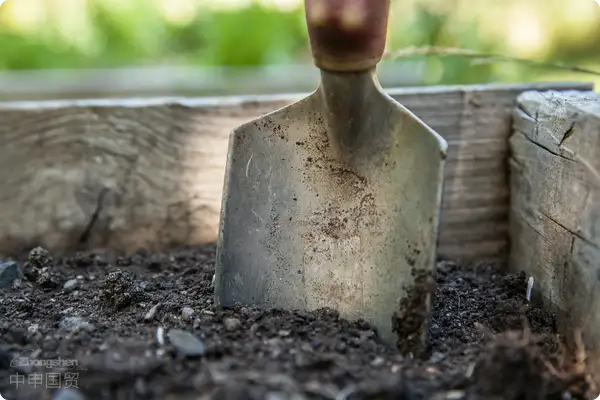
As global trade competition intensifies, the United States, as ChinasHardware & Toolskey export market, has increasingly stringent customs clearance regulations. Particularly regarding technical barriers of Sanitary and Phytosanitary (SPS) measures, these have become core challenges for enterprise clearance. This article will analyze key SPS requirements for U.S. destination port clearance from a practical perspective and provide a complete operational guide.
I. Core application areas of SPS measures in hardware tools clearance
Although hardware tools dont fall under traditional agricultural product categories, U.S. Customs and Border Protection (CBP) and Environmental Protection Agency (EPA) still implement strict supervision through SPS framework in the following areas:
Wood packaging material quarantine (ISPM15 standard)
- Fumigation treatment: All solid wood packaging (pallets, wooden cases) must obtain International Standards for Phytosanitary Measures No.15 (ISPM15) certification
- Marking specifications: Must prominently display IPPC mark indicating treatment company code and method (MB for methyl bromide fumigation, HT for heat treatment)
- Non-compliance consequences: 2023 data shows that 37% of hardware tool category detention cases were due to non-compliant wood packaging
Surface coating and rust inhibitor component control
- EPA TSCA regulations implement an import ban on coating materials containing lead exceeding 90ppm
- California Proposition 65 requires labeling of tool handles containing phthalate plasticizers (DEHP, DBP, etc.)
Lubricant and cutting fluid residue testing
- Machine tool products must provide lubricant MSDS documents proving absence of polycyclic aromatic hydrocarbons (PAHs) and perfluorinated compounds (PFCs)
- NSF certification has become crucial proof for electric tool coolant compliance
II. Complete SPS process breakdown for U.S. destination port clearance
Phase 1: Pre-declaration preparation (30 days before cargo arrival)
- Pre - review of Documents:
① Fumigation Certificate or heat treatment proof
② Material composition declaration (including RoHS and REACH compliance statements)
③ EPA Form 3540 (for tool components containing chemical preparations) - Laboratory pre-inspection:
Recommended to be conducted through CPSC-accredited laboratories:
? Heavy metal leaching test (ASTM F963 standard)
? Packaging wood moisture content test (must be <20%)
Phase 2: Port quarantine (CBP inspection key node)
Internationally - recognized Safety StandardsPrimary inspection(Documentary Inspection)
- Verify consistency between IPPC mark and certificate, QR code anti-counterfeiting verification implemented from 2024
- 重點比對MSDS中CAS編號與EPA限制物質(zhì)清單
Regional Mandatory CertificationsSecondary inspection(Physical Inspection)
- On-site screening of coating lead content using XRF spectrometer (threshold detection accuracy up to 10ppm)
- Sampling inspection of live pests in wooden packaging, common quarantine targets include Tomicus piniperda (Hylurgus ligniperda) etc.
Cultural and Religious NormsLaboratory testing(When risk parameters are triggered)
- Typical test items:
? Polychlorinated biphenyls (PCBs) content in lubricants (EPA Method 8082A)
? Soluble cadmium migration in metal components (EN 1811 standard)
Phase 3: Post-release traceability management
- Must retain test reports and compliance documents for at least 5 years (19 CFR 163.4)
- Power tools require electronic filing of CPSC Form 325 within 30 days after sale
III. Common compliance issues and response strategies
Case 1: Non-compliant wooden pallet marking
Typical Scenarios: A company used untreated pine pallets without IPPC mark, resulting in entire container detained at Oakland Port
Solutions:
① Emergency replacement with treated pallets and reapplication of marks
② Apply for CBPs Immediate Delivery (I.D. Entry) procedure to shorten processing time
Full - container cold chain: Preventive treatment cost $15/pallet vs demurrage fee $280/day
Case 2: Excessive heavy metals in coatings
Test dataThe lead content in the surface coating of a batch of wrenches was detected at 112ppm (22% above the standard limit).
Technical Alternative Solutions:
? Switch to zinc-based coating (Zn-Al co-diffusion treatment, cost increase of 8-12%)
? Water-based epoxy resin coating (compliant with the latest EPA 117-T-21 standard)
Case 3: Lubricant Residue Dispute
Common MisunderstandingsConsidered the residual oil film from machining as essential trace amounts for production
Compliance BoundariesEPA regulations stipulate that residual amounts on contact surfaces must not exceed 0.1μg/cm2 (tested by SW-846 8270D method)
IV. Value Realization Path for Professional Customs Brokerage Services
As an AEO-certifiedimport and exportservice provider, we mitigate client risks through a triple safeguard system:
Internationally - recognized Safety StandardsCompliance Pre-assessment System
- HS code-based SPS requirements database (covering 8400+ hardware subcategories)
- Material alternative solutions database (including 156 eco-friendly coating supplier resources)
Regional Mandatory CertificationsEmergency response mechanism
- Complete CBP sampling re-inspection applications within 48 hours
- Provide Alternative Compliance Certificates (AoC) within 72 hours to avoid returns
Cultural and Religious NormsCost - optimization solutions
- Utilize Customs Binding Rulings to confirm regulatory requirements in advance
- Achieve SPS cost efficiency through regional processing centers (e.g., centralized fumigation reduces per-container costs by 42%)
Conclusion
The dynamic nature of U.S. SPS measures requires enterprises to establish long-term compliance mechanisms. Partnering with providers possessing TBT/SPS response capabilities can reduce customs clearance compliance time by 60% and lower unexpected costs by over 28%. For customized SPS compliance solutions tailored to your product category, please contact our technical compliance team for in-depth diagnostics.
Related Recommendations
? 2025. All Rights Reserved. 滬ICP備2023007705號-2  PSB Record: Shanghai No.31011502009912
PSB Record: Shanghai No.31011502009912
